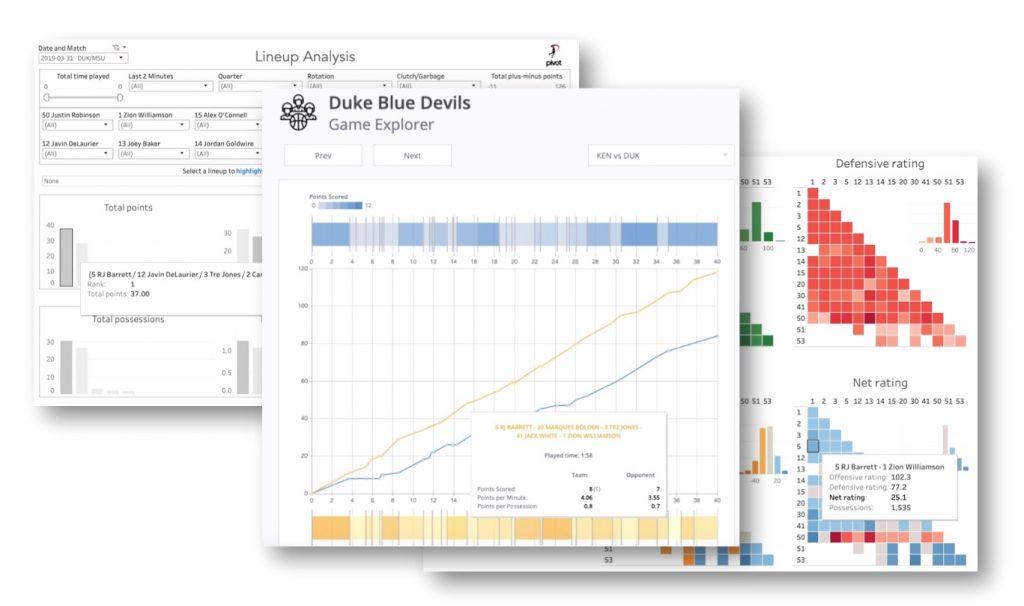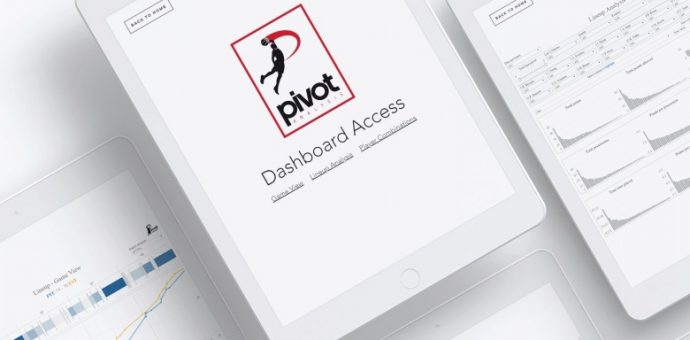Tracking individual stats and box scores has been a standard method of basketball analysis across most organized levels of play. However, that doesn’t always provide the whole picture. As basketball analytical methods and technology have developed, so has the use of more advanced statistical metrics. The tracking of lineup performance and on court player impact are the clearest examples of this.
Today, a coach or player can easily track single player on-court/off-court offensive ratings, total plus/minus by 5 player lineups, and opponent effective field goal % or defensive rating when the starting center and point guard are on the floor. While this may previously have been reserved for the top professional leagues, these advanced statistics can now be generated for any game that has a box score and a play-by-play and serve as a powerful tool for coaching and player development.
These advanced statistics are not meant to replace traditional development strategies or game plans, but rather can be used to illuminate a team’s strengths and an opponent’s weaknesses. See below to see how these stats in conjunction with the Pivot Analysis tools can be used to further player development as well as enable more effective coaching strategies.

Coaching Support
Through the use of stat tracking technologies, basketball coaches today are able to identify, test, review, and implement strategies like never before. This process often starts with understanding lineup metrics. By tracking every lineup that plays for each team – throughout every game all season, we can open a window into the overall performance of every possible player configuration. But it doesn’t stop at 5 player lineups – the smaller 4, 3, 2, and 1 player metrics are also tracked and reported on. For all of these configurations, a coach can easily see how long they have played, how many points they have allowed or scored, and many other standard metrics, including lineup-specific Four Factors metrics. This approach enables coaches to easily view all player combos and their impact. Effective stats tracking will enable coaches to filter using these stats, and other important pieces of information such as the quarter, whether or not that lineup is a starting lineup, as well as by clutch time or garbage time. These additional filters provide the opportunity to understand not only the overall impact of each lineup, but also their situational tendencies.

Player Development
The single player impact analysis provides a clear perspective into how a team performs when Player X is on the court (as well as when Player X is off the court). Whether from the coach’s or player’s perspective, this kind of data enables a more straightforward method for understanding how a player impacts his or her team. This includes the number of points scored, rebounds, free throw attempts, field goal percentage, as well as any other standard counting stat. By collecting this data, player strengths and weaknesses can easily be identified, focused on, and improved upon.
Recruiting
Recruiting is another area in which the player as well as the coach can derive some value from the integration of advanced stats and software. The player can follow their statistics over a whole season and can easily share this data with any coach or team. Additionally, teams can leverage this kind of data to identify optimal recruits and ensure that the players they are targeting have a positive team impact. The use of modern technology and basketball analytics has made it easier than ever to share and show what a player can do and the impact that they can have.








